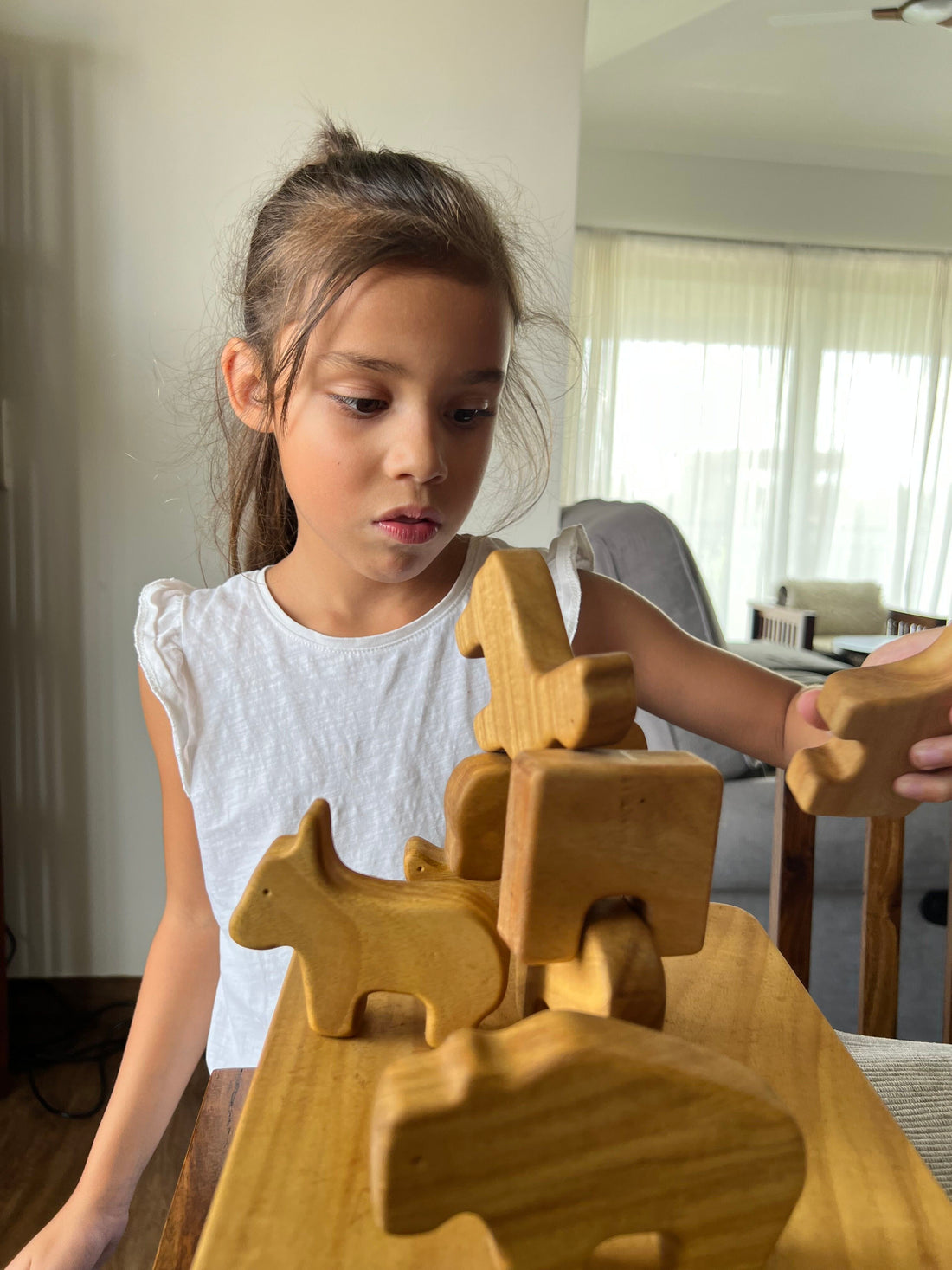Introduction to Learning with Wooden Toys
In the realm of child development, wooden toys have stood the test of time, not merely as durable playthings but also as fundamental tools for nurturing young minds. Surprisingly, these simple artifacts are more than tactile treasures; they are instrumental in speech and language acquisition.
The Sensory Experience and Language Acquisition
Firstly, wooden toys, by their very nature, provide a multi-sensory experience. Children grasp, tap, and manipulate, engaging their senses and, concurrently, laying the groundwork for language skills. The tactile interaction sparks neural pathways, which, in turn, facilitate the absorption of linguistic concepts.
Cognitive Connections: Play to Words
Moreover, the cognitive leap from play to language is shorter than one might presume. A child who stacks wooden blocks, for instance, is not only learning about balance and gravity but also experimenting with the foundational principles of syntax and sentence structure.
The Social Interplay of Wooden Toy Scenarios
Furthermore, wooden toys often become central players in social play scenarios. These shared moments are replete with opportunities for children to negotiate, describe, and articulate thoughts, effectively honing their conversational abilities.
Vocabulary Expansion through Imaginative Play
Equally important is the role of imaginative play in vocabulary development. As children assign roles and voices to their wooden characters, they delve into a rich lexicon of descriptive and action words, thus broadening their linguistic repertoire.
Wooden Toys and the Articulation Advantage
Additionally, wooden toys have a less obvious yet significant impact on articulation. The act of naming and describing these toys helps children practice sounds and phonemes, essential components of clear speech.
The Benefits of Durability and Simplicity
Not to mention, the durability and simplicity of wooden toys are advantages not to be overlooked. Their longevity means repeated exposure to these learning tools, and their unadorned nature encourages a child’s input, thus prompting verbal expression.
Wooden Toys in Therapeutic Settings
Interestingly, speech therapists often incorporate wooden toys into their practice. The reason is clear: these toys can be powerful catalysts for conversation and narrative development, especially in a therapeutic setting.
Embracing Tradition for Modern Development
In summary, wooden toys are not archaic relics but rather essential instruments in speech and language development. They foster a rich learning environment where sensory experiences and cognitive challenges encourage children to communicate effectively.
